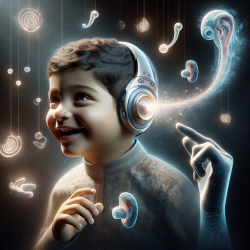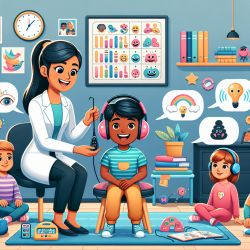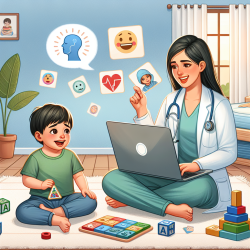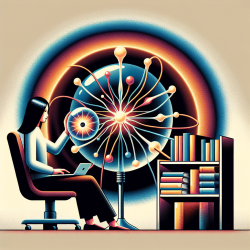Introduction
Unilateral Hearing Loss (UHL) in children presents significant challenges, affecting their ability to understand speech in noisy environments, localize sounds, and maintain academic performance. The study "The Role of Bone-Anchored Hearing Devices and Remote Microphones in Children with Congenital Unilateral Hearing Loss" provides valuable insights into how Bone-Anchored Hearing Devices (BAHD) and Remote Microphones (RM) can aid in improving speech perception for these children.
The Study at a Glance
The research involved a retrospective observational study assessing the Speech Reception Threshold (SRT) in different conditions using BAHD and RM. The study focused on two subgroups of children with UHL: those with Single-Sided Deafness (SSD) and those with Unilateral Auris Atresia (UAA). The results indicated significant improvements in SRT when using these devices, particularly in challenging listening environments.
Key Findings
- Both BAHD and RM significantly improved SRT in children with UHL, especially in noisy conditions.
- The SSD subgroup showed notable benefits with both devices in SwNb conditions, while the UAA subgroup benefited from BAHD in S0N0 conditions.
- Neither device restored spatial hearing, but they enhanced speech perception, which is crucial for academic and social development.
Implications for Practitioners
For practitioners, these findings underscore the importance of considering BAHD and RM as viable interventions for children with UHL. By integrating these devices into therapy plans, practitioners can help improve the auditory experiences of these children, facilitating better communication and learning outcomes.
Encouraging Further Research
While this study provides a strong foundation, further research is needed to explore long-term outcomes and refine intervention strategies. Practitioners are encouraged to contribute to ongoing research efforts to optimize hearing solutions for children with UHL.
Conclusion
BAHD and RM offer promising solutions for children with UHL, enhancing their ability to perceive speech in noisy environments. Early intervention and tailored therapy plans can significantly improve the quality of life for these children. Practitioners should consider these devices as part of a comprehensive approach to hearing rehabilitation.
To read the original research paper, please follow this link: The Role of Bone-Anchored Hearing Devices and Remote Microphones in Children with Congenital Unilateral Hearing Loss.










